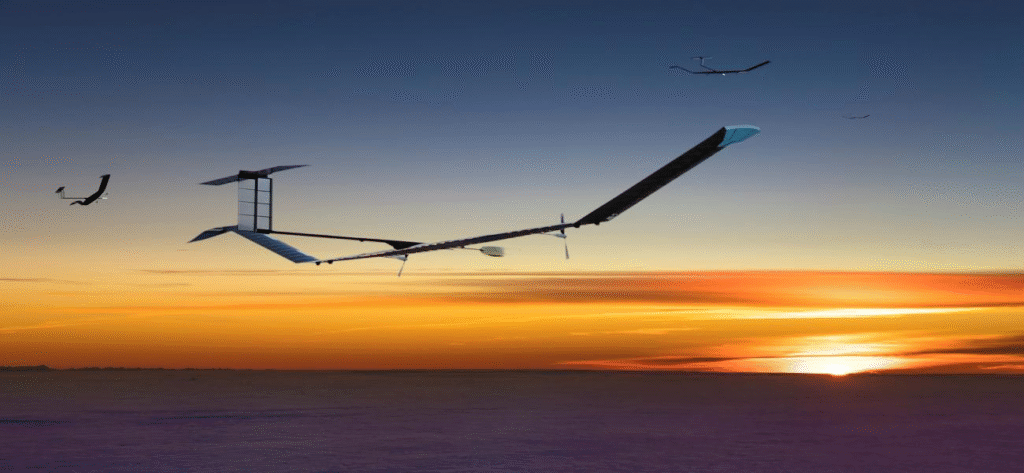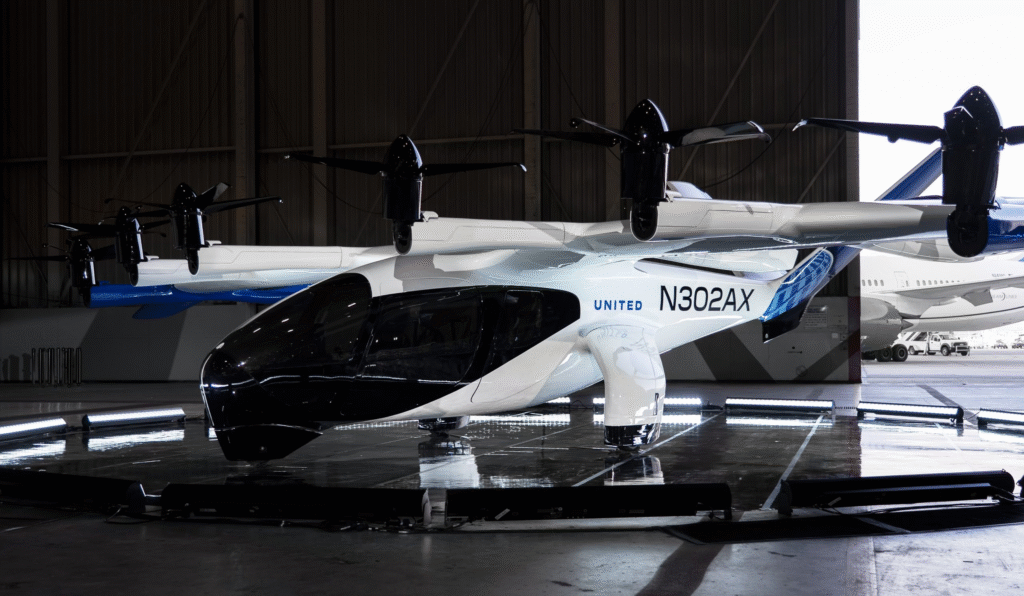As we move through 2025, the global drone sector is hitting a pivotal stride. Growth is being driven by rapid advances in artificial intelligence, more progressive regulations, and growing public acceptance. But beyond the tech hubs of Silicon Valley and Shenzhen, a quieter revolution is taking shape across Africa—one that is practical, impactful, and full of potential.
Across the continent, drones are no longer limited to military operations or hobbyist use. They are fast becoming critical tools in solving long-standing challenges, from inaccessible healthcare to inefficient farming practices. Still, for Africa to fully harness the power of drone technology, the continent needs more than innovation—it must establish a strong foundation of support systems to sustain it.

Closing the Infrastructure Gap
Unmanned Aerial Vehicles (UAVs), commonly known as drones, have seen remarkable advancement in recent years. In Africa, their evolution has been especially significant. Nations such as Rwanda, Kenya, and Ghana have emerged as pioneers in using drones to overcome persistent infrastructure limitations.
Rwanda’s Zipline service, now a leader in medical drone delivery, has demonstrated that autonomous aircraft can effectively supply blood and vaccines to remote regions. Ghana has incorporated drones into its national health strategy, while the DRC has deployed UAVs to transport lab samples during disease outbreaks—drastically improving emergency response times.
These are not theoretical solutions—they are operational and saving lives. Yet even successful programs encounter barriers, from funding to regulatory delays.
Intelligent Drones, Smarter Solutions

AI and machine learning are transforming the capabilities of drones across Africa. With enhanced autonomy, these machines can now avoid obstacles, adjust to weather conditions, and perform complex tasks without constant human control.
In the agricultural sector, smart drones equipped with sensors and multispectral cameras are helping farmers assess crop health, manage irrigation, and fine-tune pesticide use. In areas like Kenya’s Rift Valley and Nigeria’s Kaduna State, drones are boosting productivity and resilience against climate challenges. South African farms now use UAVs for frost control—replacing expensive helicopters.
These developments come at a critical time, as Africa seeks to secure food supplies for its growing population. But realizing this potential also means investing in local capacity—farmers, technicians, and software developers alike.
Beyond agriculture, drones are helping to inspect power lines, roads, and bridges. With Africa’s infrastructure investment gap estimated at $90 billion annually, UAVs offer a cost-effective way to monitor and maintain vital systems.
In Ghana, drones are used for environmental inspections in mining areas, identifying illegal activities and promoting sustainability. Meanwhile, in the Congo Basin, drones support conservation efforts by tracking deforestation and endangered species—strengthening the region’s fight against climate change.
Drone Deliveries Take Off
What once sounded like science fiction is becoming reality. Across Africa, drone delivery is taking root—providing life-saving medicines, groceries, and even tech devices to hard-to-reach areas.
In Madagascar, drones carry anti-venom to isolated villages. In South Africa, pilot projects are testing UAV deliveries in townships where conventional logistics are unreliable or unsafe.
Still, the hardware alone is not enough. Without essential support—like drone hubs, clear policies, and sustainable funding—these promising initiatives may fail to scale.
Ecosystems, Not Just Drones, Are the Missing Link
Just as the rise of cars depended on roads and petrol stations, the drone revolution needs more than airspace. It requires a solid infrastructure of regulation, investment, and skilled personnel. Currently, that ecosystem is developing too slowly to match the pace of drone innovation.
Some nations are stepping up. Malawi’s African Drone and Data Academy and the DRC’s Drone Academy are building a skilled UAV workforce. Rwanda, with backing from the World Economic Forum, is leading in regulatory flexibility—providing a model for others.
But widespread adoption requires stronger support from development finance institutions (DFIs), which can:
- Offer concessional loans and co-financing to reduce startup costs
- Provide volume guarantees to stabilize operator revenue
- Introduce risk-sharing tools to attract private capital
- Promote Drone-as-a-Service (DaaS) models for small businesses and communities
Vision Must Meet Action
Drones are poised to transform Africa—but vision must be matched with execution. The continent’s future in UAVs depends on four foundational pillars:
- Flexible, harmonized drone regulations
- Robust financial models to reduce investment risk
- Training and upskilling of local talent
- Collaboration across sectors to expand impact
From Kigali’s medical deliveries to precision farming in Kisumu, drones are already reshaping African lives. The challenge now is to build the ecosystems that make such progress permanent.
The sky is no longer the limit—but without the right systems on the ground, even the most advanced drones won’t take flight.


